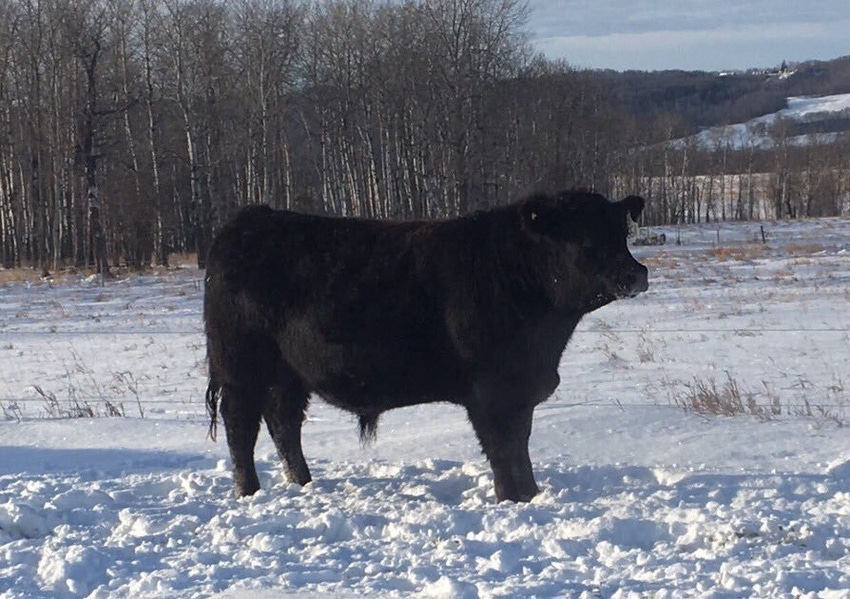The value of a bull isn't just in his own performance but in his genetic merit.
January 13, 2023

The purchasing of the appropriate bull is a decision that should not be made lightly. The genetics from one bull can stay in a herd for up to 75 years when daughters are retained. Given the genetic impact, selection of a bull should be based on the traits important to your specific operation. When purchasing a bull, you should keep in mind the bull’s breeding soundness, genetic merit, and structural soundness. These three concepts are crucial for the successful impact of that bull on your herd and overall success of any cow-calf operation.
The number one job of a bull is to impregnate cows. The best way to assess a bull’s fertility is a breeding soundness exam (BSE). Bulls passing a BSE should be fit for breeding but should be tested annually before being turned out with cows. Other indicators like scrotal circumference, sheath angle, and general body condition of the bull should also be considered. Most breeders guarantee the reproductive soundness of their bulls. When considering a bull for purchase, check with the breeder for BSE results, sale terms, or for more specific details of the breeder’s guarantee.
The true value in a bull isn’t just in his own performance records, but also in his genetic merit realized through the performance of his eventually progeny, all measured through expected progeny differences (EPD). Focus should be placed on EPDs that have an economic relevance to your operation and to match the genetics to your environment. Most all breeds offer $ Value Indexes, which attempt to identify a mating system, then tie economics to the traits (EPDs) that most influence profitability. Indexes can be a great tool to help buyers simplify the bull buying process and help them avoid the potential pitfalls of selecting bulls based on too few EPDs.
For example, concentrating only on Yearling Weight (YW) EPD can eventually cause the cow herd to get excessively big. Likewise, over-emphasis of Birth Weight (BW) EPD can limit herd performance; indexes can help producers maintain balance. The breed of the bull also should be considered. Research has shown crossbreeding can increase progeny weight and reproductive performance.
Before buying a bull, consider his structural soundness. A bull must be physically capable of breeding cows throughout the breeding season and if he lacks the structural soundness to do so, this could result in a failure to get cows bred. In addition, structural soundness is heritable, and structural issues could be passed onto his progeny resulting in decreased progeny performance and longevity of females.
One of the most important traits a bull can offer your operation is good feet, not only for the duration of his ‘career’ in your pastures, but more importantly, for the longevity of the daughters he leaves behind. Though new EPDs for foot structure exist in some breeds, be certain you can visually evaluate feet. In some cases, this may mean getting a bull out of a deep-bedded pen to walk him down the alley.
In summary, keep all three concepts (BSE, genetics and structure) in mind when buying a bull. It is important to study the EPD on a bull as his genetics will have a long-term impact on your herd, but it is equally as important to take the time to visually appraise the bull because he first has to get cows pregnant. Bulls are financial investments in your operation, and you want to make sure those investments pay off.
You May Also Like



